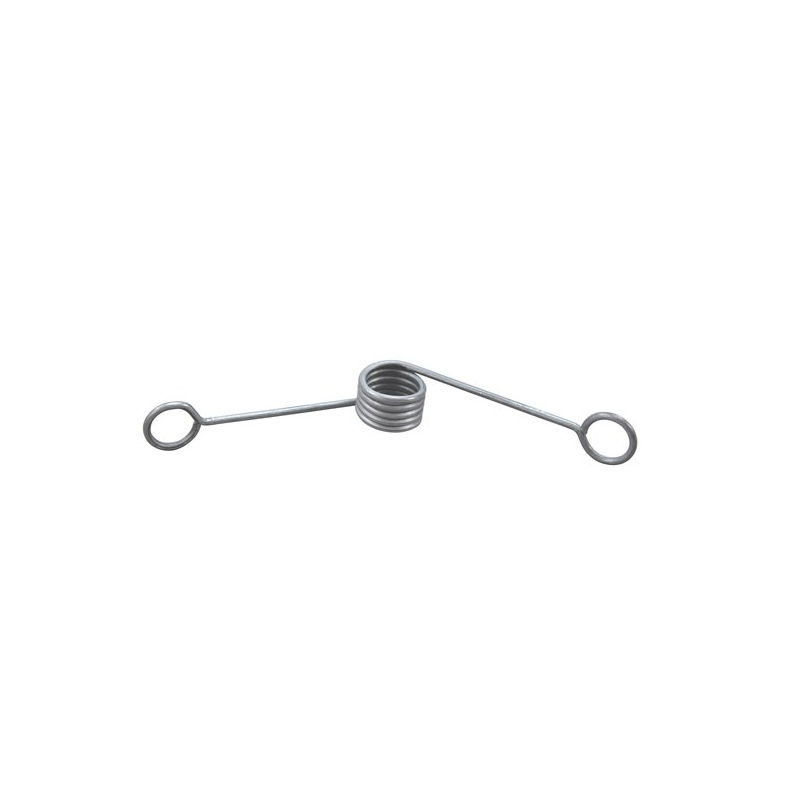
- Mobile Phone
- +8613931874955
- sales@cntcmetal.com
linear compression spring
Understanding Linear Compression Springs
Linear compression springs are an essential component in various mechanical applications, providing the necessary force in response to compressive loads. These springs are designed to operate within a linear range, meaning that the force exerted by the spring is directly proportional to the amount it is compressed. This article explores the basic principles, applications, and benefits of linear compression springs.
A linear compression spring is typically made from a coiled wire of steel or other suitable materials. The most common shapes include cylindrical, conical, and barrel-shaped designs. The spring’s design and material have a significant impact on its strength, flexibility, and overall performance. The key characteristic of these springs is their ability to store potential energy when compressed, which is released upon decompression, resulting in motion or force transmission.
The springs follow Hooke's Law, which states that the force exerted by a spring is proportional to its displacement from the equilibrium position. Mathematically, this can be expressed as F = kx, where F is the force exerted by the spring, k is the spring constant (a measure of the stiffness of the spring), and x is the distance the spring is compressed. This relationship allows engineers to calculate the required spring dimensions and characteristics for specific applications.
linear compression spring

Linear compression springs find extensive use in a variety of industries, including automotive, aerospace, electronics, and medical devices. For example, in automotive applications, these springs are commonly used in suspension systems to absorb shocks and provide a smoother ride. In the electronics sector, they are often utilized in switch mechanisms, ensuring reliable and consistent operation. Additionally, in medical devices, compression springs are essential for functions like the activation of syringes or the operation of diagnostic equipment.
One of the primary benefits of linear compression springs is their ability to provide a predictable and reliable force output. This predictability is crucial in applications where precision is key. Furthermore, compression springs can be manufactured to meet specific load and size requirements, making them highly versatile components. They can also be designed for various environments, including high-temperature or corrosive conditions, by selecting appropriate materials and coatings.
In addition to their practical applications, linear compression springs also contribute to energy efficiency in mechanical systems. By effectively utilizing potential energy, these springs minimize the need for additional power sources, making systems more efficient and sustainable.
To conclude, linear compression springs are fundamental elements in many mechanical systems, offering robust performance and versatility. Their ability to convert kinetic energy and provide linear force makes them invaluable in countless applications across various industries. Understanding their mechanics and applications helps engineers design better products, optimize performance, and enhance reliability in mechanical systems. Whether it's in daily consumer products or complex machinery, linear compression springs play a vital role in shaping our technologically advanced world.
share:
-
Your Source for Concrete Wall Ties and Masonry AccessoriesNewsJul.10,2025
-
Unlocking the Power of Iron Wire for Every ProjectNewsJul.10,2025
-
Explore Advanced Chain Wire and Stainless Steel Mesh FencingNewsJul.10,2025
-
Discover the Benefits of Annealed Wire ProductsNewsJul.10,2025
-
Discover China Stainless Steel Wire Mesh SolutionsNewsJul.10,2025
-
Build with Confidence Using High-Performance Masonry AccessoriesNewsJul.10,2025
-
Why Sacrificial Formwork Is Redefining Underground ConstructionNewsJun.06,2025



















